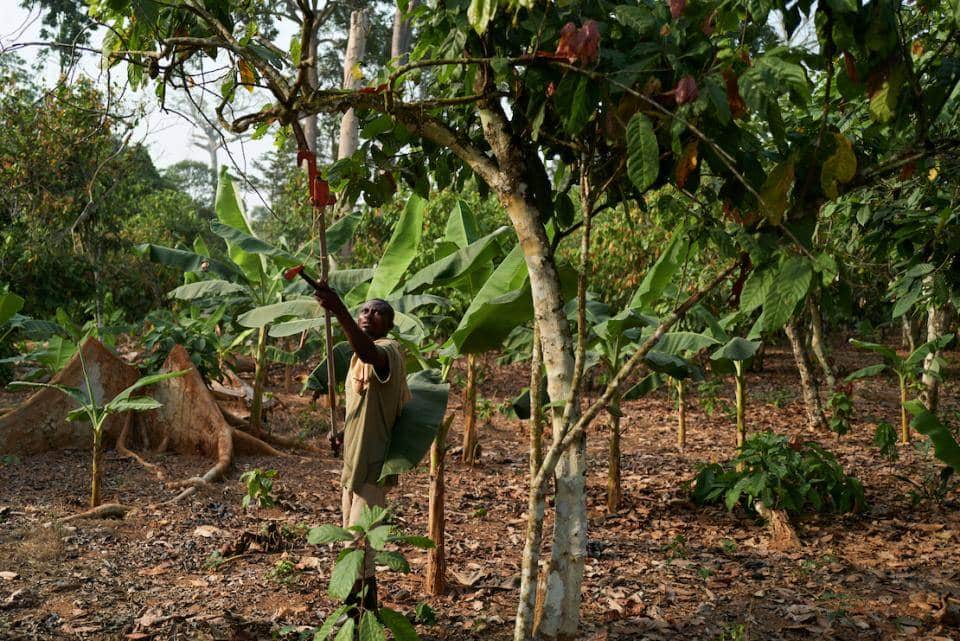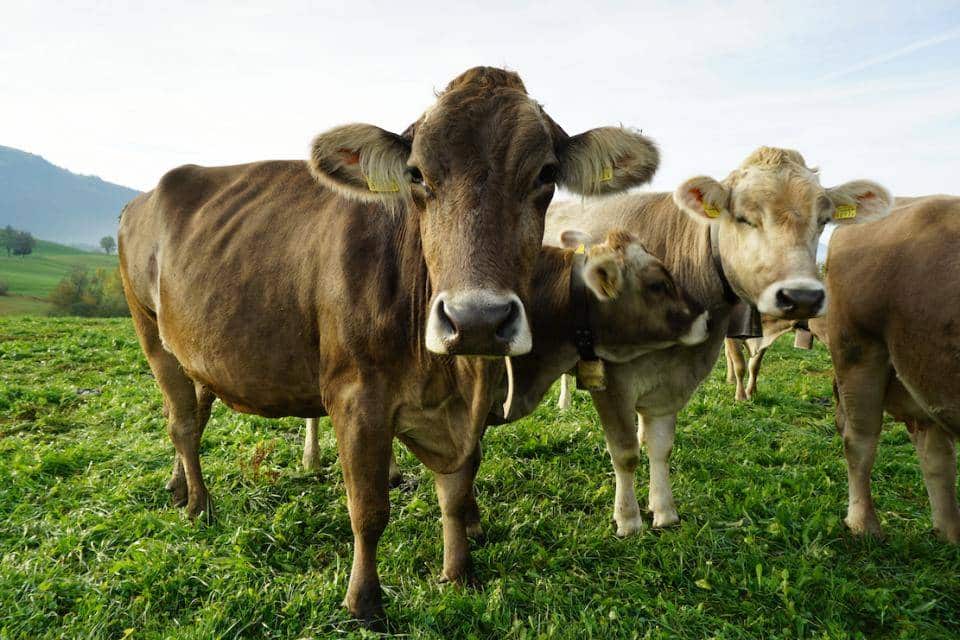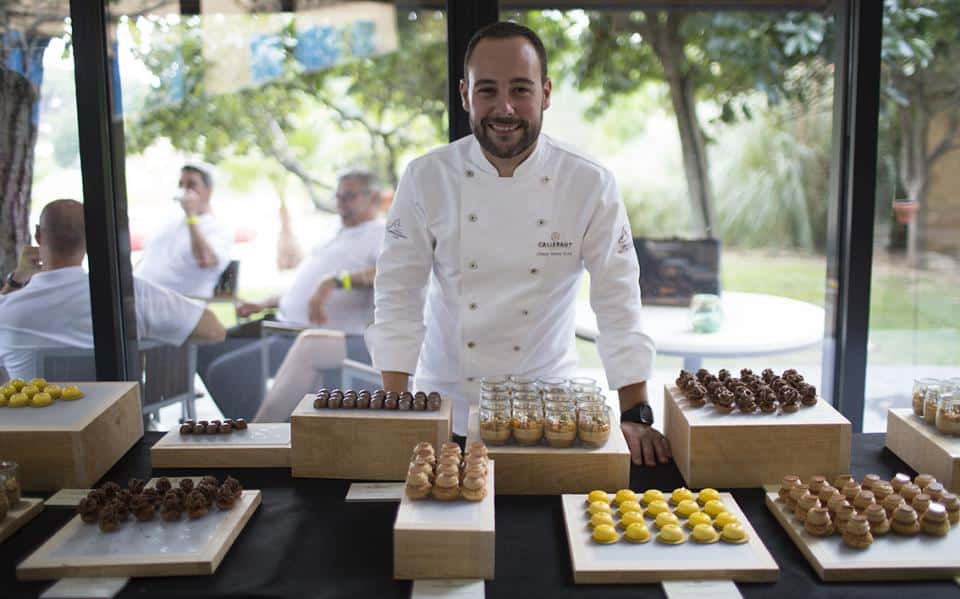In our most recent sustainable energy stories for food manufacturing, we dive into the inner workings of Barry Callebaut, one of the world’s largest manufacturers of both chocolate and cacao products in the world, producing over 2.2 million tons of cocoa and chocolate annually.
Sourcing and selling products at this scale is a massive energy investment. With the climate crisis threatening the future of chocolate production, Barry Callebaut keeps renewable energy and sustainable manufacturing top of mind. And at the forefront of its vision for the brand and for the chocolate industry as a whole.
In November 2016, Barry Callebaut committed to having 100% sustainable ingredients in all products by 2025 as part of their Forever Chocolate strategy.
That means everything from cocoa to vanilla, from sugar to nuts. Each and every ingredient in the products sold. But to speak about sustainable chocolate production, we first need to look at the plant used to produce the chocolate, cacao
The Challenges with Chocolate: Growing Cacao

Did you know that chocolate consumption dates back over four thousand years? In fact, the ancient Mayan and Aztec communities used to worship its greatness. However cacao, the plant that produces chocolate, is not an ideal crop. Cacao requires lots of time, space, and specific weather conditions to grow.
This has led to deforestation and unethical labor practices, which has created a poor reputation for many chocolatiers
Climate change creates another challenge for the cacao plant. Cacao can only grow within regions 20 degrees north or south of the equator.
However, with temperatures anticipated to increase over 2 degrees in the next 30 years, growing cacao will prove more challenging. That is unless sustainable practices are adopted at large within the industry.
Fortunately, the team at Barry Callebaut are leading the way towards a more sustainable future within the chocolate world.
The History of Sustainable Manufacturing and Renewable Energy at Barry Callebaut
While the Belgian chocolate producer, Callebaut, and the French company, Cacao Barry, merged into Barry Callebaut in 1996, the story actually begins much earlier.
Both brands blended their individual histories of sustainability within the chocolate and manufacturing space into the chocolate experts they are today.
Sustainability & renewable energy became a key piece of the overall sustainability strategy for over fifteen years. The company first published a corporate social responsibility and sustainability report for the 2011/12 fiscal year and has published one every year since, setting new goals and sharing improvements along the way.

Barry Callebaut’s Use Of Sustainable Ingredients
When it comes to sourcing ingredients to produce chocolate on a global scale, prioritizing ethical and sustainable sourcing needs to be enforced and upheld as the industry standard.
Barry Callebaut is transparent about where and how they source everything from packaging materials to the raw ingredients like cane sugar, coconut, and cocoa that go into their products.
In addition, they aren’t afraid to admit where there is room for improvement. For example, palm oil is one of the leading causes of deforestation of our rainforests.
Therefore, Barry Callebaut has been a member of the Roundtable on Sustainable Palm Oil (RSPO) since 2011. And recently, they joined the front-running members of the Palm Oil Innovation Group (POIG) in order to build upon the efforts of RSPO to further advance sustainable palm oil requirements.
Corporate Commitment to Sustainability
It’s one thing to say it, but Barry Callebaut takes action. Their corporate commitment to sustainability runs deep within their policies and codes of conduct, solidifying their values through actionable steps and practices. The entire team at Barry Callebaut upholds these high standards of sustainability and ethically- sourced ingredients.

Sustainability Reporting at Barry Callebaut
A key theme throughout all of Barry Callebaut’s efforts is transparency. Committed to reporting transparency around their sustainability measures, they publish a sustainability report every fiscal year.
The Forever Chocolate Campaign
Forever Chocolate is Barry Callebaut’s campaign to make sustainable chocolate the norm. By 2025, Barry Callebaut hopes to achieve four ambitious targets that address the largest sustainability challenges in the chocolate supply chain:
These targets are indeed daunting. And Barry Callebaut may not have all the answers on how to achieve them. However, they are committed to changing the narrative within chocolate production.
The team at Barry Callebaut wants to ensure that the chocolate industry, and our planet, can survive and thrive for generations to come.
How does Energy Factor into BC’s overall strategy?
“Cutting emissions begins by improving the energy efficiency of our operations and the type of energy that we use. In 2020/21, we increased the use of renewable energy with 26 of our 64 factories exclusively powered by renewable electricity.”
Final Thoughts on Sustainability
Being transparent about challenges as it relates to sustainability, and setting actionable, measurable goals should be top of mind for all sustainability and procurement officers. The market demands more environmental accountability. No industry is an exception. Learn more about the costs and benefits of setting sustainable initiatives.
As a leader in the chocolate space, we applaud Barry Callebaut for their commitment to ethical and sustainable practices. We hope other brands in the industry follow suit!
Interested in more Sustainability Stories? Read our latest pieces:
Interested in learning more about energy systems for food manufacturing? Click the button below to get started.
What is VECKTA?
Cost Efficiency, Energy Reliability & CO2 reduction are within reach.
VECKTA is the only platform in the world that looks at all your requirements—technical, physical, financial and contractual —to design, optimize, and deploy your distributed energy system solution